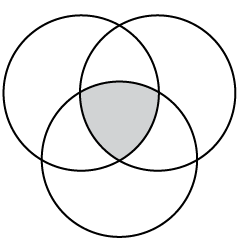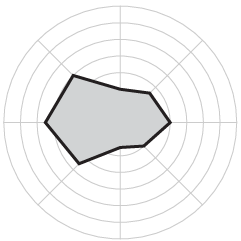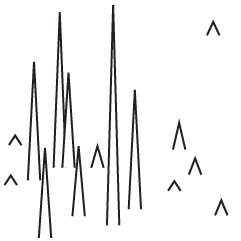The Visualizar Showcase is officially open and ready for public viewing, so if you’re in Madrid (and I’m about 80% sure you will be) from now until January 5, 2008 check out the projects spawned from two weeks of hard work. You can find a complete list of the projects at the Visualizar website, but here are a few of my favorites in no particular order.
Mail Garden
Mail Garden, from Kjen Wilkens, explores emails under a garden metaphor with the implication that our email is in someway living (like all data). In the visualization, emails exist as plants and as you scroll over you can read each email. The best part of of Mail Garden though is probably when you’re not using it. When the system is idle, you can watch your plants (your emails) gently sway back and forth in the wind.
TweetPad
As if Twitter weren’t playful enough, TweetPad, by Elie Zananiri, is a visualization that lets you playfully explore the live Twitter feed. Elie’s main interest was in word interaction, and you can see that clearly in the TweetPad. Move the cursor clockwise for synonyms, back and forth to shuffle words, and counter clockwise to revert back to the original tweet all the while the Twitter feed is coming at you live.
Spamology
This visualization, as you might have guessed, explores one of the most popular canned meats in the world. No, just kidding. Spamology, by Irad Lee, explores email spam. The visualization is nice as you explore the small and giant buildings of spam, but it’s the sound accompaniment that really makes it. Sound corresponds to the height of each spam building. Usually, pieces like this end up sounding like noise, but this was more like beautiful music.
Now before I cover every work, which I’m a little tempted to do, I’ll stop here. If you happen to be in Madrid, Spain, go check it out. If you read this blog, you’re more than likely to enjoy the projects on display at the Medialab… or you can watch it on the news. Visualizar was also featured on some news show in Madrid. Be patient. The segment on the workshop comes some time around ten and a half minutes.










 Eyebeam, an art and technology research center, has posted
Eyebeam, an art and technology research center, has posted  Visualize This: The FlowingData Guide to Design, Visualization, and Statistics
Visualize This: The FlowingData Guide to Design, Visualization, and Statistics










